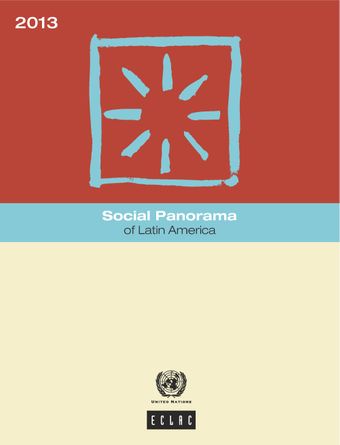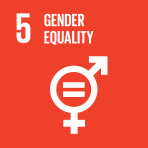Child poverty in Latin America and the Caribbean

- Author: United Nations
- Main Title: Social Panorama of Latin America 2013 , pp 93-130
- Publication Date: July 2014
- DOI: https://doi.org/10.18356/ff1be167-en
- Language: English Spanish
In the 1990s, studies began to reflect concerns about the "infantilization" of poverty in Latin America. The United Nations General Assembly defines children living in poverty as deprived of nutrition, water, access to basic health-care services, shelter, education, participation and protection. Child poverty means that children and adolescents are unable to enjoy their rights, which limits their ability to achieve their goals and play an active role in society. A multidimensional measurement perspective is required to understand the nature of child poverty. In recent years, the Economic Commission for Latin America and the Caribbean (ECLAC) and the United Nations Children's Fund (UNICEF) have been using this multidimensional perspective with a focus on rights and multiple deprivations, adapting to the region the methodology used in a global study conducted by UNICEF in 2003 jointly with researchers from the University of Bristol and the London School of Economics.
© United Nations
ISBN (PDF):
9789210562454
Book DOI:
https://doi.org/10.18356/907ee144-en
Related Subject(s):
Economic and Social Development
Sustainable Development Goals:
-
From This Site
/content/books/9789210562454c004dcterms_title,dcterms_subject,pub_keyword-contentType:Journal -contentType:Contributor -contentType:Concept -contentType:Institution105
/content/books/9789210562454c004
dcterms_title,dcterms_subject,pub_keyword
-contentType:Journal -contentType:Contributor -contentType:Concept -contentType:Institution
10
5



